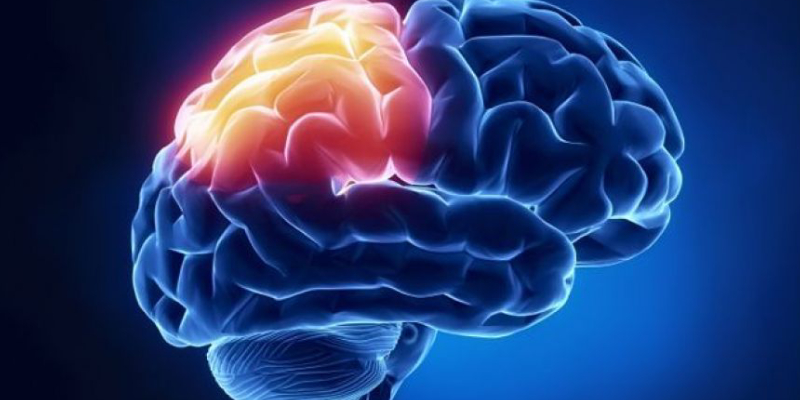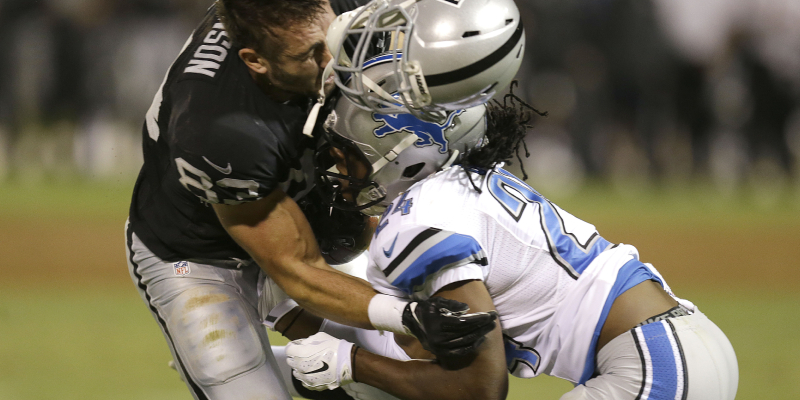
A 1999 study, Rate of psychiatric illness 1 year after traumatic brain injury, published in the American Journal of Psychiatry, sought to determine whether patients who experience traumatic brain injury might be at increased risk of developing psychiatric illness. No prior study that had considered this possibility used accepted research standards or chose a sufficiently large sample size.
The researchers who designed this study relied on a traditional two-state diagnostic method. Over the period of a year, Wales’ Cardiff Royal Infirmary admitted 3,667 adults (over age 17) with a head injury. Each patient, admitted between July 1994 and June 1995, suffered from traumatic brain injuries. All participation was voluntary, and the study included 196 patients, 65% of whom were male. Patient ages ranged from 18-94 years. Each participant completed a questionnaire, and doctors conducted a standardized interview on 164 patients who exhibited high indicator levels for psychiatric illness.
One year following their TBI trauma, of 62 patients identified by the questionnaire, 30 had been diagnosed with a psychiatric problem, per the ICD-10’s criteria, and 20 patients had been diagnosed with multiple psychiatric issues.
The most common illnesses in the test group included depression and panic disorder. The study noted a higher rate of psychiatric illness in those who had suffered a prior traumatic brain injury. No statistically significant relationship existed between those who tested positive for mental illness and those who sought compensation in a legal claim.
As we’ve discussed in previous posts about scientific studies of TBI, correlation does not imply causation. In other words, just because researchers can find associations between two variables does not mean one has caused the other. In this study, for instance, many factors could have contributed to higher rates of psychological illness, including:
History of mental illness;
- Age;
- Diet;
- Level of formal education;
- Degree of brain trauma;
- Nature of the TBI-induced disability;
- Etc.
To strategize effectively to obtain fair compensation and excellent medical care after a brain injury, you need qualified, smart and skilled people on your side. Consider connecting with the Washington D.C. brain injury lawyers at Regan, Zambri & Long today for a consultation. Our D.C. medical malpractice attorneys can help you and your family understand your potential options to seek compensation.



